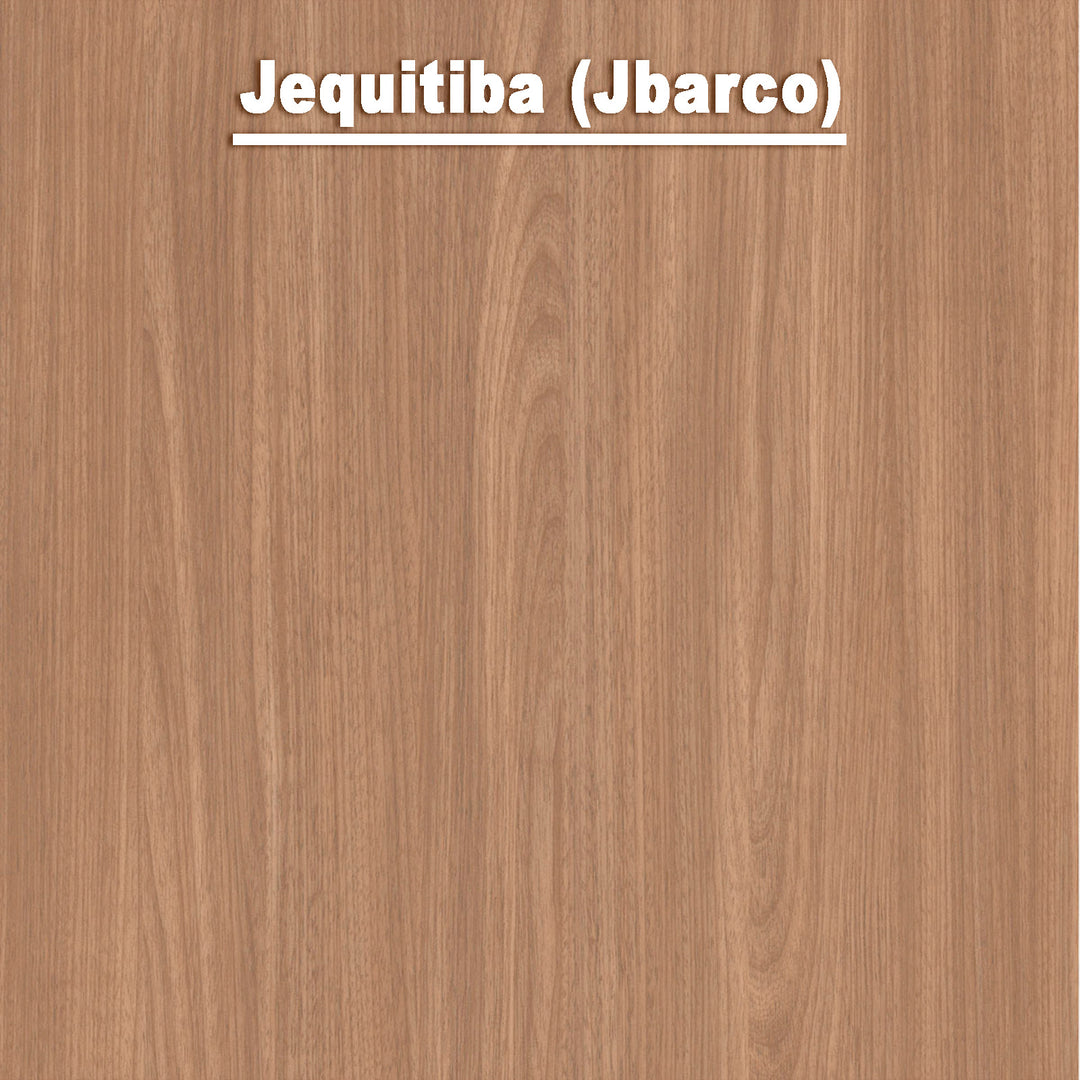Jequitiba Jbarco
Surface treatment: Based on previous experience, taking into account the fundamentally necessary prerequisites, such as: B. sufficient drying, all common indoor and outdoor products can be used
Possible uses: Abarco and Jequitiba are versatile woods due to their good strength properties, sufficient fungus resistance (with Abarco), good stamina and partly mahogany-like coloring: As sawn wood for use in exterior (Abarco only) as well as interior construction, for small furniture, profile boards, Frame timbers, strips, stairs and parquet. As a veneer, especially cut for face veneers on interior and exterior surfaces of furniture as well as for doors and paneling
Remarks: In Brazil there are other species of the genus Carlniana that structurally correspond to the Jequitiba, but are usually even brighter in color, such as the Jequitiba branca of C-estrellensis. Other South American woods of the Couratarl genus from the same family, mostly referred to as Tauary or with the fancy name "Brazilian Wild Cherry", have the same structure as Aberco and Jequitiba; because of their usually light color, they are also used in exchange for Ramin. The The name "Bacu" for "Abarco" should not be confused with the similar name "Baku" for the African "Makore". The occasionally used name "mahogany" or "Colombian mahogany" for woods of the genus Cariniana is not applicable, as it are neither woods from the genus Swietenia nor any other from the mahogany family (Meliaceae).





